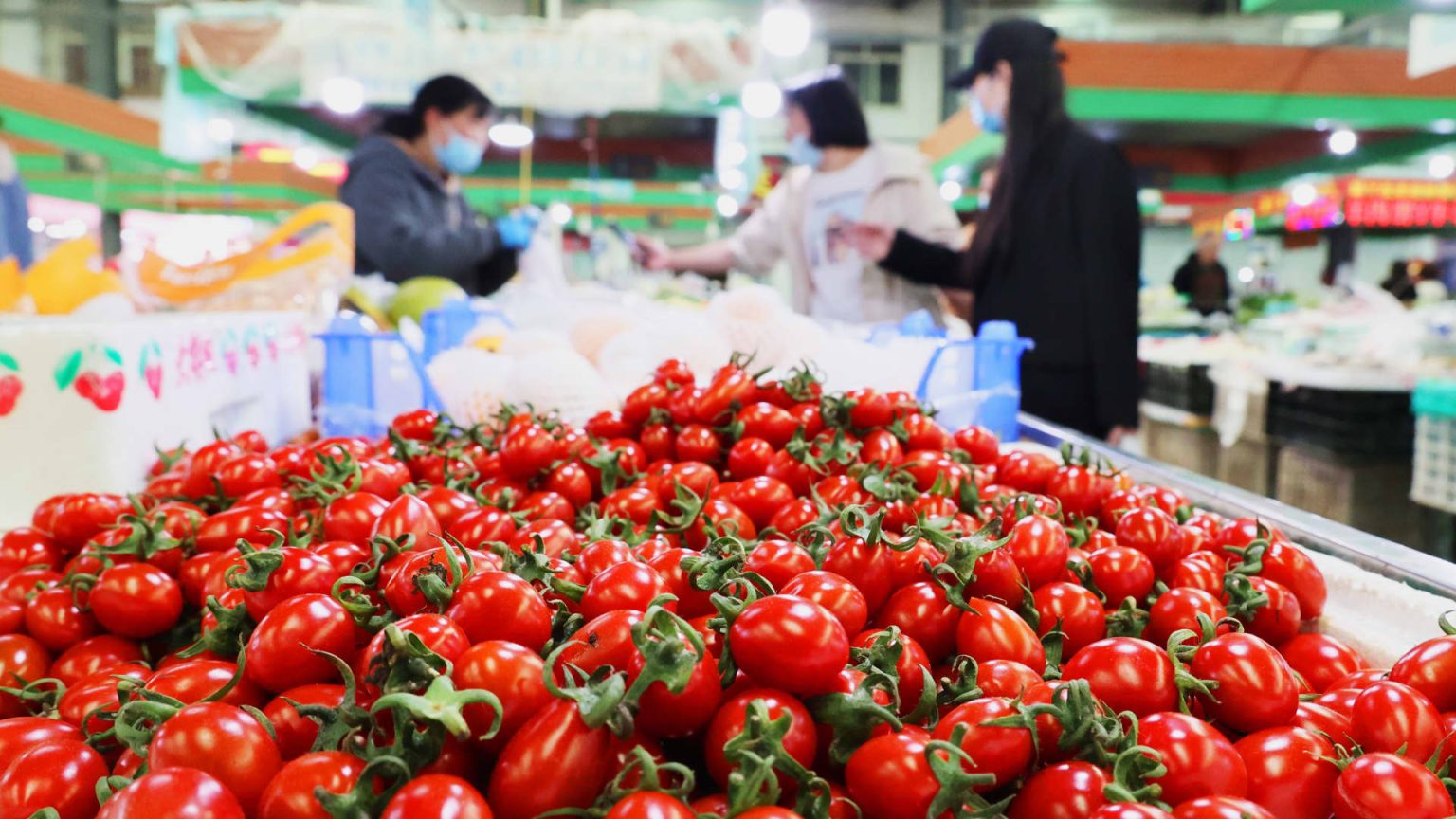As China’s economy enters the second quarter of the year, there are concerns of sluggish growth ahead if conditions do not improve. Analysts are expecting a slight increase in retail sales, industrial production, and fixed asset investment data for April compared to March. Beijing is planning to issue its first 30-year ultra-long bond as part of a program to allocate 1 trillion yuan ($138.25 billion) towards major strategic projects, although the specific usage of this funding has not been announced. The weak economic data highlights sluggish demand in China, with expectations for the central bank to cut rates by the end of June.
The real estate sector continues to be a drag on the economy, as businesses and consumers remain cautious about spending. New loan data released by the People’s Bank of China in April indicated a sharp drop in demand, with some metrics reaching their lowest levels in at least two decades. While the weakness in loan demand may be attributed to changes in data calculation methods, there are genuine concerns about sluggish demand in the country. The 12-month moving average for both new business and household loans has started to trend downward, raising worries about a potential growth deceleration if credit growth is not supported by the public sector.
Despite more loans being approved and lower interest rates making borrowing cheaper, corporate borrowing in China fell in April, according to a survey by The China Beige Book. Manufacturing saw an increase in demand, but services sector borrowing declined. M2 money supply growth slowed to 7.2% year-on-year in April, the slowest pace on record. Policymakers are less focused on credit expansion, and there are expectations for a gradual slowdown in the growth of new loans and money supply. The central bank is expected to implement further reserve requirement cuts and policy rate cuts throughout the year.
Even though credit data for April was disappointing due to regulatory changes, rather than a deterioration in underlying demand, China’s exports have remained resilient amidst rising trade tensions. Exports in April grew by 1.5% year-on-year, while imports exceeded expectations. Consumer prices saw a modest increase, while factory prices continued to decline. However, the real estate sector remains a major concern, with sales shifting towards the secondary market and primary residential market expected to shrink by 16% this year. The government is exploring policies to stabilize the property market and improve new housing supplies.
With China’s index on home prices set to be released, investors are eagerly anticipating a major government meeting scheduled for July. The People’s Bank of China is considering policies to help absorb existing housing inventory and enhance new housing supplies in order to stabilize the property market. Monetary policy may be utilized as part of support measures to address the significant property inventory in the country. Despite challenges in the real estate sector and sluggish economic data, policymakers are looking towards exports and new energy sectors to drive growth, while carefully managing credit expansion to avoid a credit-fueled recovery.


